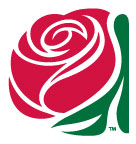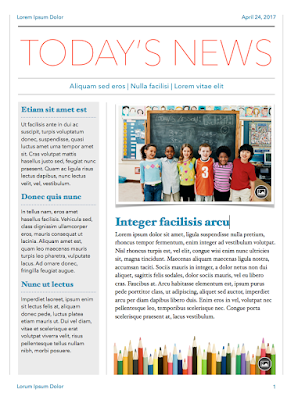Type in a term or question and Google will present you with results. This works well most of the time. However, sometimes what you seek is not there. Below are tricks that will amaze you.
1. Use an asterisk “*” to find words or phrases you can’t remember. Google sees an * as a missing word they should fill in with the most relevant result.
2. Search for exact phrases using quotations around the words or phrases.
3. Exclude certain keywords using “-“
4. Search within a time frame using “…”
5. Use “or” when you can’t remember which topic you’re considering.
We’ve listed only five ways to use Google more powerfully. The website “Educational Technology and Mobile Learning” provides this easy-to- use infographic with the tips above plus seven more. The link offers a PDF version so that you can print and post near your computer or share with students.
Be sure also to check out other material on the linked website. It has a wealth of information.
Please note that all work in EdTech and mLearning is licensed under Attribution-NonCommercial-NoDerivs CC VY-NC-ND, meaning you can download, print, share, or distribute it the way you want-- provided you include a link back to our blog, keep it free of charge, and use it only for educational purposes.















